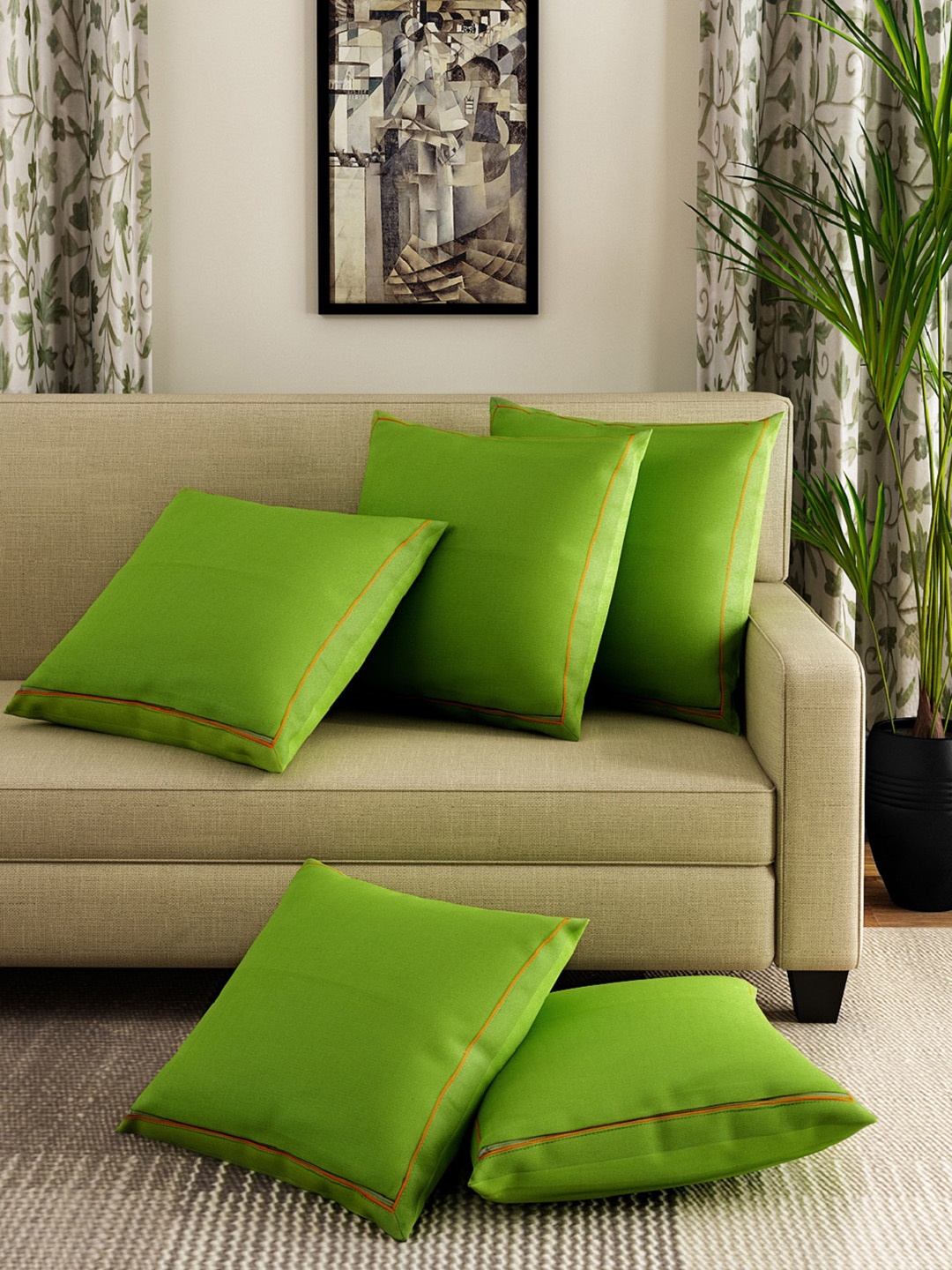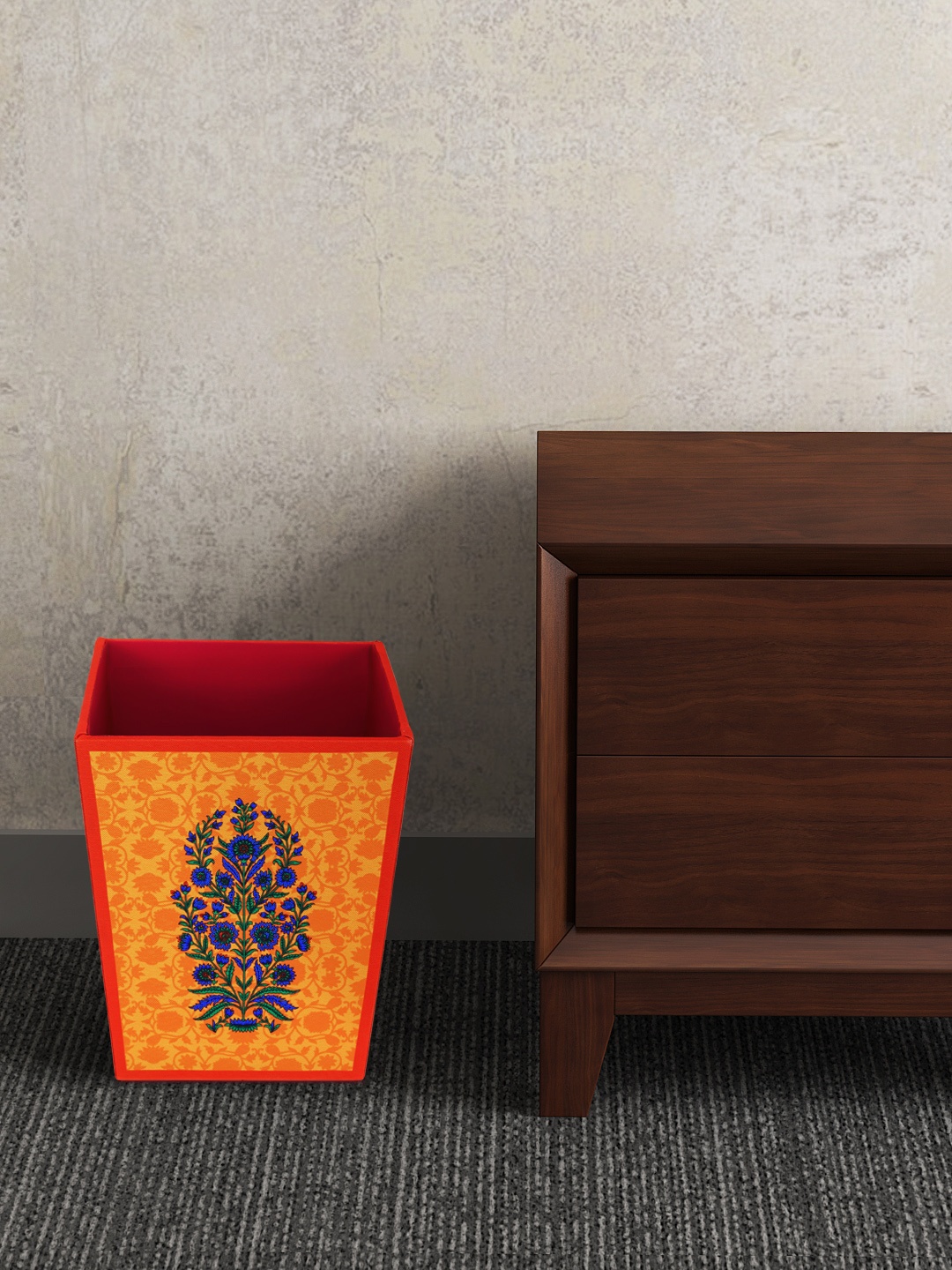Dining Furniture Trends: From Floor Meals to Designer Tables, How Homes Are Evolving
From cross-legged meals on the floor to sleek dining sets with ergonomic chairs, the humble dining table has come a long way. This piece takes a closer look at how changing lifestyles are reshaping the heart of every home, the dining space.

From Floor Meals To Designer Tables: Dining Furniture Trends Reflecting Changing Homes
Walk into any home, and there's one spot that quietly observes every birthday wish, hurried breakfast, spilled chai, and late-night chat, the dining table. It's more than just a piece of furniture; it's a witness to routines, relationships, and revolutions inside the home. Decades ago, the concept of a formal dining setup was rare in most households. Meals were shared on the floor, food served on steel thalis, and stories passed down between bites. Today, a dining table has become a silent status symbol, a functional necessity, and sometimes, a design statement. As lifestyles evolve, so does the role of this humble table.
This article unpacks how dining furniture, an often-overlooked household item, is quietly reflecting social change, shifting priorities, and the growing desire to blend tradition with convenience.
1. From Ground to Grit: The Shift from Floor Meals to Furniture
Not so long ago, floor-seated meals were the norm. A simple woven mat, perhaps a wooden chowki, and everyone gathered around, eating with hands while chatting away. It wasn't just about eating, it was a ritual. Posture, patience, and proximity were part of the experience.
But as urbanisation grew and homes shrank, so did the time and space for these traditions. Sitting cross-legged became a rarity, replaced by upright chairs and backs that needed lumbar support. The transition wasn't just physical, it reflected a need for convenience, especially in nuclear households where efficiency is king. A dining table started making its way into even modest flats, not as a luxury, but as a necessity. The shift was quiet, but the impact was profound.
2. Compact Homes, Clever Furniture
The modern home is a lesson in optimisation. With real estate prices soaring and carpet areas shrinking, every square inch matters. Dining tables, once solid and sprawling, now come with drop leaves, hidden drawers, and chairs that tuck in like origami.
Foldable four-seaters, wall-mounted breakfast nooks, and extendable tables are all the rage in urban apartments. The idea is simple, make it useful without letting it hog the room. Furniture brands are cashing in on this need for smart living, offering modular sets that look like they belong in a Scandinavian showroom, but are tailored for local lifestyles. The result? Dining areas that blend into living rooms or pop out only when needed, practical, stylish, and space-saving.
3. Work, Dine, Repeat: The Table as a Multi-Tasker
Post-2020, dining tables earned a new job description. They became home offices, study desks, makeshift classrooms, and sometimes, mini boardrooms. The lines between work and home blurred, and the table quietly bore the brunt.
Ergonomic chairs slowly edged out those wobbly stools, and table surfaces started seeing more laptops than lunch plates. This transformation says a lot about how homes are adapting to changing routines. Dining tables are no longer reserved for three fixed meals. They're now central hubs of productivity, Zoom calls, homework sessions, and occasional pizza nights.
This dual identity has changed how people choose their dining sets, comfort and functionality have become as important as aesthetics.
4. Feasting with Flair: Rise of Aesthetic Dining
There's something poetic about how Pinterest boards and Instagram reels have influenced buying decisions. Dining tables aren't just meant to hold food anymore, they're expected to look fabulous doing it. Interior décor has become aspirational, and social media is driving the hunger for “Insta-worthy” setups.
A glass-top table with gold trim, rustic wood slabs with artisanal finishes, or even brightly painted bench sets, each speaks to personal style and identity. It's less about matching the sofa and more about creating a vibe. Whether it's minimalist chic or maximalist drama, dining spaces are now extensions of personality.
And yes, that well-placed fruit bowl or hanging pendant lamp? Not just décor, it's content waiting to happen.
From Floor Meals To Designer Tables: Dining Furniture Trends Reflecting Changing Homes; Photo Credit: Pexels
5. Hospitality at Home: The Revival Of Shared Meals
Despite the busyness of life, there's a gentle comeback of shared mealtimes. Especially after the isolation of lockdowns, many began to value sitting down together, if only for dinner. The dining table reclaimed its centrality in fostering connection.
Hosting friends, family, or even impromptu chai gatherings around the table became more meaningful. There's something comforting about clinking glasses, serving extra helpings, and lingering long after dessert. In many homes, the table has started echoing laughter again, reminiscent of older days, but shaped by modern sensibilities.
The emphasis is no longer on elaborate spreads, but on warmth, presence, and time well spent. And the dining furniture? It quietly supports every moment.
6. Cultural Threads in Contemporary Designs
Though styles have modernised, there's still a strong pull towards cultural elements. Dining sets with carved legs, inlay work, or cane-back chairs bring nostalgia into sleek interiors. Many homeowners are blending vintage with contemporary, perhaps a teak table from grandparents' time paired with modern upholstered chairs.
This fusion isn't just aesthetic, it's emotional. It reflects a desire to stay rooted while embracing change. Designers are also responding with collections that balance heritage and trend. Whether it's mango wood sets with block print cushions or minimalist designs with brass accents, tradition finds a place at every meal.
7. Money Talks: Dining Furniture As An Investment
Gone are the days when a dining table was picked up from the nearest furniture bazaar for a quick fix. Today, buyers research, compare, and even splurge. Spending ₹40,000–₹1,50,000 on a solid wood dining set isn't seen as extravagant, it's called ‘long-term value'.
The rise of EMI plans, online furniture stores, and curated boutique brands has changed how people shop. The narrative has shifted from “Is it affordable?” to “Is it worth it?”. Quality, durability, and brand credibility matter more than ever.
Interestingly, furniture is no longer just utility, it's a reflection of lifestyle and financial confidence. Just like a car or a smartphone, a dining table too, has become a symbol of upward mobility.
8. The Solo Diner's Table
With solo living on the rise, especially in metro cities, dining setups have also scaled down. A table for one is no longer seen as lonely, it's liberating. Compact bistro sets, breakfast counters, and even tray tables for couch dining cater to the growing tribe of independent adults.
The experience of eating alone is being redefined, not as a compromise, but as a choice. These personal dining spaces are often styled with as much care as larger ones. A placemat here, a candle there, it's all about self-care, not just self-service.
It's a quiet revolution, giving dignity and delight to solo living.
9. Dining Furniture Goes Green
Sustainability is no longer a buzzword, it's a buying principle. More people are now looking at reclaimed wood, locally sourced materials, and eco-friendly finishes when choosing their dining furniture. It's a shift from impulse to intention.
Brands are responding with transparent sourcing, sustainable packaging, and low-VOC coatings. Even upcycled furniture is gaining ground, turning old doors into table tops or using scrap wood to create statement pieces.
This change isn't just about saving the planet. It's about consuming mindfully, valuing craftsmanship, and owning pieces that tell a story. In a world of mass production, a table made responsibly speaks volumes.
Also Read: Table Style Starts Here With New 5 Table Runners For Dining Table
10. What's Next: The Future of Dining Spaces
So where is this evolution heading? Smart dining tables with built-in charging ports? Touch-sensitive surfaces that recommend recipes? It's possible. But beyond tech, the essence will still be human, bringing people together, even if just virtually.
Designers are toying with flexible dining zones that move, morph, and adapt. There's talk of modular units that can split into coffee tables or turn into standing desks. The focus is clear, furniture must keep up with fluid lives.
But whether it's a 6-seater in a bungalow or a fold-out shelf in a studio flat, the dining table will remain a vital witness to life's little moments. It may not speak, but it certainly listens, and it always remembers who sat where.
From Floor Meals To Designer Tables: Dining Furniture Trends Reflecting Changing Homes; Photo Credit: Pexels
Products Related To This Article
1. WOODESIGN Solid Sheesham Wood Rectangle 45 Inch Dining Table 4 Seater
2. KENDALWOOD Furniture Premium Dining Room Furniture Wooden Dining Table with 6 Chairs
3. Adichwal Furniture Solid Sheesham Wood 3 Chair with 1 Bench Dining Table Set with Cushioned Chairs for Dining Room
4. BHATI FURNITURE Solid Sheesham Wood Dining Set for Dining & Living Room
5. wopno Furniture Pure Sheesham Solid Wood 4 Seater Dining Table for Living Room Home Hall Hotel Dinner Restaurant Wooden Dining Table Dining Room Set Home & Kitchen
6. HANDWOOD FURNITURE Premium Sheesham Wood Dining Table (34x34) with 4 Chairs
7. Ramdoot Furniture Solid Sheesham Wood Dining Table Set 6 Seater
The dining table is more than just wood and nails, it's memory, motion, and meaning rolled into one. As lifestyles shift and homes adapt, this silent storyteller continues to evolve. From its traditional roots to its contemporary makeover, it reflects not just how people live, but who they are becoming. And in the quiet clatter of cutlery and conversation, one thing becomes clear: every table has a tale, and every meal a moment worth remembering. Shop now on Amazon.





















![Steam Iron Teflon Shoe Cover for ES-300,ST-96 [Only For ES-300 and ST-96 Model Electric Steam Irons]](https://m.media-amazon.com/images/I/51wwkttondL._SL160_.jpg)






